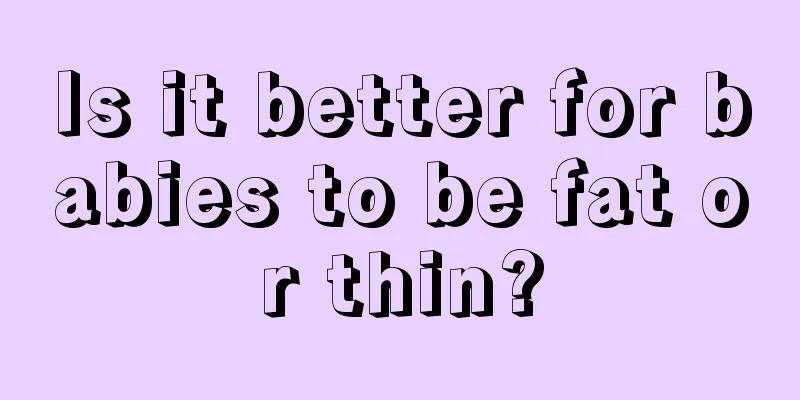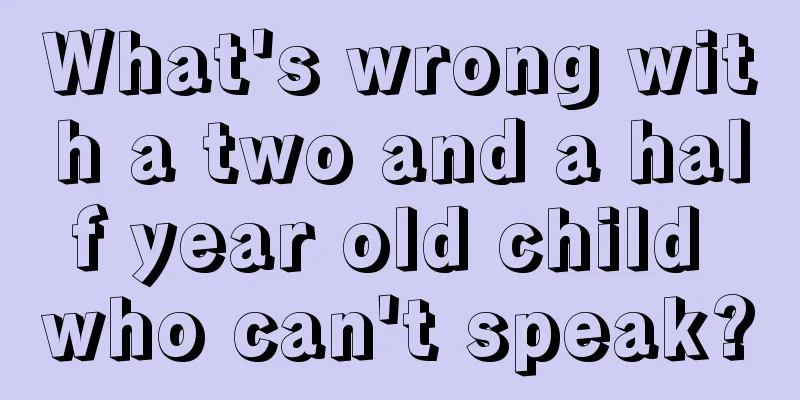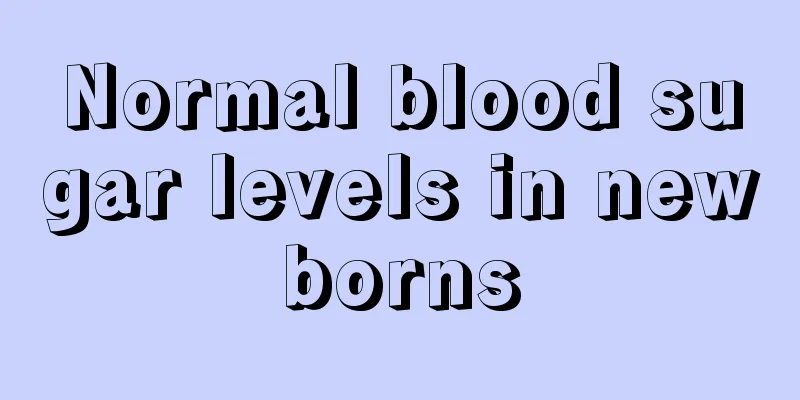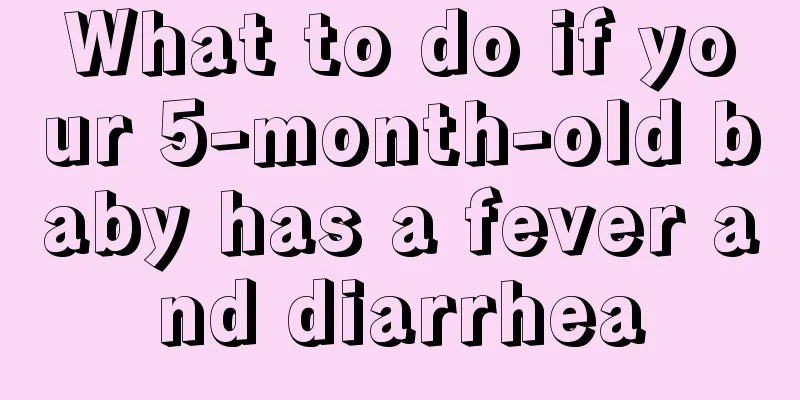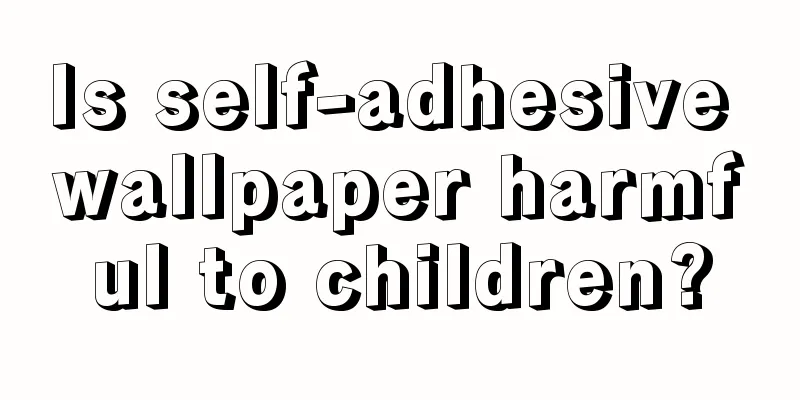How to deal with a two-year-old baby's low-grade fever

|
Children's physical conditions are rather special. Their body resistance is weak under the age of three, so they often catch colds and have fevers. When a baby has a low fever, the body temperature will often exceed the normal body temperature. At this time, you must pay attention to adjustment, take medication in time, and observe changes in the child's body temperature. If the low fever is serious, go to the hospital in time.
There are many types of antipyretic drugs, and they are generally taken only when the body temperature reaches above 38.5℃, and there must be a 4 to 6 hour interval between each dose. Antipyretics include liquids, tablets, suppositories, and injections: 1. Liquid: milder and safer. The most commonly used ones are acetaminophen syrup and Ibuprofen syrup. 2. Tablets: Aspirin tablets are also very effective in reducing fever, but for certain viral infections, such as chickenpox or influenza, taking aspirin may cause "Reye's syndrome", so it is rarely used anymore. Taking too much antipyretic tablets such as Panadol may also cause liver function problems. The general safe dose is no more than 150 mg per kilogram of body weight per day.3. Suppositories: They are inserted into the anus and absorbed by the rectum. They are effective quickly and can reduce fever when children refuse to take medicine. They are very convenient, but they should be used less frequently because frequent use can easily lead to excessive fever reduction, causing the body temperature to drop too quickly, or repeatedly irritate the anus and cause diarrhea. Excessive use of suppositories can also cause gastric ulcers. 4. Injections: Antipyretic injections are the least safe method, and some children may even suffer from allergic shock. However, there is currently no allergy test for antipyretic injections. Therefore, unless oral antipyretic drugs cannot be used (such as severe vomiting or fasting) and rectal suppositories cannot be used (such as severe diarrhea), and the fever cannot be reduced after all other methods have been tried, antipyretic injections will only be considered as the last step.
1. Low fever caused by indigestion You can use methods to regulate the spleen and stomach and eliminate stagnation. Commonly used Chinese medicines include picrorhizon, hawthorn, betel nut, tangerine peel, Poria cocos, Forsythia suspensa, radish seed, Atractylodes macrocephala, and yam. 2. Heat syndrome The method of clearing heat, nourishing yin and relieving summer heat can be used. Commonly used Chinese medicines include buffalo horn, reed root, patchouli, Scrophularia, and Rehmannia root. 3. Low fever after illness The method of regulating qi, replenishing deficiency, nourishing yin and reducing fever can be used. Commonly used Chinese medicines include Pseudostellaria baicalensis, Atractylodes macrocephala, Astragalus membranaceus, Pueraria root, Scutellaria baicalensis, Anemarrhena asphodeloides, etc. Dietary taboos 1. The diet should be nutritious and easy to digest, such as fresh fish, lean meat, milk, soy milk, eggs, etc. 2. Avoid greasy, fried, and spicy foods. People with qi deficiency and blood deficiency should also avoid raw, cold, and cool foods. |
<<: Two-year-old girl has a bad smell in her private parts
>>: Tips for reducing baby's fever
Recommend
Seven month old baby can't stand
Babies learn their various physiological function...
What are the causes of low platelet count in newborns?
Low platelet count does not only affect young peo...
Reasons why children have difficulty breathing while sleeping
At home, it is inevitable that some of our parent...
What causes dampness and toxins in children? Let you know the real situation
Normally, dampness and toxins mainly appear in th...
What to do if a newborn has spasms
Every parent hopes that their baby can be born he...
Symptoms of low intelligence in 3-year-old babies
Many parents hope that their children are very sm...
Why does the baby drool when sleeping?
It is a common phenomenon for babies to drool whi...
What should I do if my child is short in height?
As we all know, a child's weight and height a...
What foods are good for the kidneys?
The kidney is the most important part of the body...
What is the weight of a fetus at 32 weeks?
The weight of the fetus at 32 weeks indicates tha...
How is chickenpox transmitted?
As we all know, chickenpox is actually a contagio...
Nursing methods for two-month-old baby with diarrhea
In fact, for a two-month-old baby, his body is re...
What are the main symptoms of zinc deficiency in infants and young children?
Zinc deficiency in children is a topic that can n...
What is the reason for the child's eyes to roll up?
What is going on when a child always rolls his ey...
Can I turn on the air conditioner when my baby has a fever?
We all know that the weather is very hot in summe...

